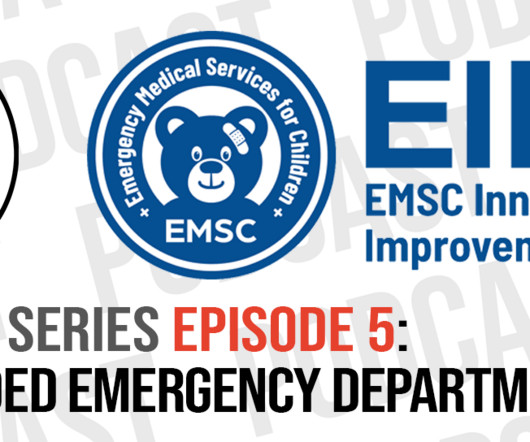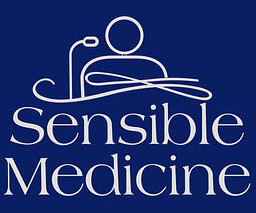Agitation Podcast Series Episode 5: Management of the child with mental health problems who is boarded in the ED
PEMBlog
JUNE 14, 2023
Marianne Gausche-Hill New England EMSC: New England Regional Behavioral Health Toolkit Disclaimer The Emergency Medical Services for Children Innovation and Improvement Center is supported by the Health Resources and Services Administration (HRSA) of the U.S. Children’s Mental Health Emergency Department Visits: 2007-2016.














Let's personalize your content